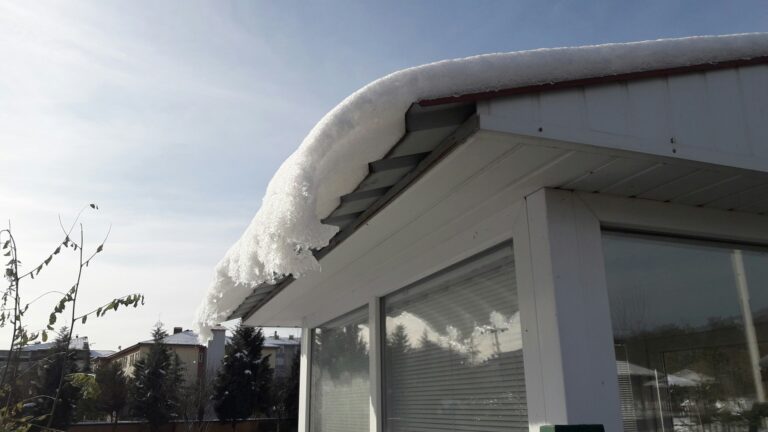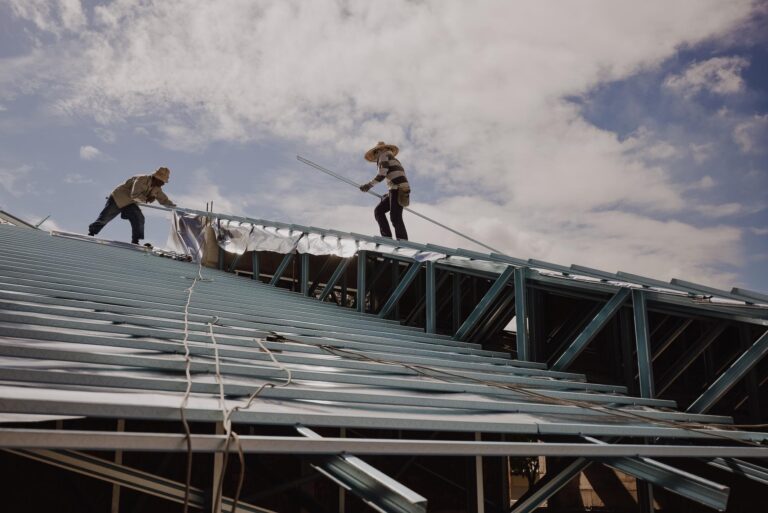When you’re planning your next construction or remodel project, chances are sheet metal will come into play at some point. Whether it’s for roofing, siding, trim, or structural support, choosing the right sheet metal products can make a big difference, not just in how the finished job looks, but in how long it lasts and how well it performs. The range of options can feel overwhelming, especially if you’re not sure what to look for.
Getting the right materials starts with knowing what matters most for your type of work. From metal type and thickness to finishes and fit, several key factors come into play. Before making a purchase, it’s worth taking the time to understand these basics so you end up with materials that help avoid headaches down the road. Whether you’re buying in bulk or sourcing for a one-off job, here’s what you need to think through when checking out sheet metals for sale.
Understanding Your Needs
The first step in making the right choice is getting clear on what you’re using the sheet metal for. Different types of projects need different types of materials. A panel that works just fine for decorative trim on a shed might not cut it for a barn roof or a workshop siding.
Here’s how to dig into your project’s needs:
– Residential jobs might include roofing, kitchen hood vents, or custom trim. You’ll likely be looking for thinner gauge metal that bends easily and maybe something that adds to the look of your home.
– Commercial builds may need sheet metal for storefront siding or large roof sections. Durability and weather resistance become bigger concerns.
– Agricultural customers often look for corrugated steel panels or heavy-duty siding that can handle wind, rain, and sun without buckling or rusting.
– Industrial settings prioritize strength and longevity. Projects like ventilation systems or protective coverings might require high-gauge sheets or coated steel for extra protection.
Each type of project comes with its own list of must-haves, so matching the product to the task is the best way to avoid buying twice or dealing with performance issues later. For example, using a galvanized steel panel in a workshop near open flame could pose problems, whereas aluminum might react differently in outdoor settings if not coated properly.
Start by figuring out what the sheet metal needs to do. Is it meant to hold weight? Shield from the elements? Just look good? Knowing your goals will help narrow down your options fast and steer you toward the material that’s actually built for the job.
Quality Indicators That Matter
Once you’ve got your needs figured out, the next thing to pay attention to is quality. Not all sheet metal is made the same, and cheaper sometimes means you’ll pay more later in repairs or replacement. A good product should hold up under stress, resist corrosion, and be able to take on the environment it’s placed in.
Here are a few signs you’re looking at quality sheet metal:
– Material makeup: Pay attention to what the metal is made of. Galvanized steel, aluminum, and stainless steel all have different properties and react differently to weather, water, and exposure.
– Consistency in thickness: The thickness of the metal plays a big part in its strength. If it varies too much from panel to panel, that’s a red flag. Known as gauge, this number should match the job it’s meant for.
– Protective coating or finish: Look for finishes that help the metal last longer. These can include enamel, galvanized coatings, or specialty paints. A proper finish will do more than just add color; it gives the metal a shield against rust or fading.
Thin metal with no finish might work fine indoors, but it won’t last long outside where it gets hit with rain, snow, or heavy sun. If you’re working in an area where the seasons change fast and often, investing in a weather-resistant finish might save you from having to redo work later.
Making Sure It Fits: Sizing and Custom Cuts
Getting the size right is often underestimated, but it makes a big difference once the project gets moving. If your sheet metal shows up too long, too wide, or cut at the wrong angle, it turns into a mess fast. You either stop to trim it down or spend time returning it and waiting for new pieces, which slows everything down.
Here’s how to make sure your order gets it right the first time:
– Measure twice. It sounds basic, but mistakes happen most often at the measuring stage.
– Know the layout of your space. Understand where the panels will go and if there will be overlaps, corners, or bends.
– Think ahead about connecting pieces. If the metal needs to fit around vents, beams, or posts, bring detailed measurements so the fabricator can make custom cuts if needed.
– Use drawings or sketches. Even a rough outline helps the metal shop know what you’re trying to build and where special shapes may be needed.
Custom fabrication is a smart choice if you’re looking to match unusual lengths or have sections that aren’t standard sizes. It cuts down time on site and keeps things cleaner since you’re not trying to force materials to work. Taking time to plan here leads to a smoother install process with fewer surprises.
Choosing a Supplier You Can Count On
Even if you’ve got a good idea of what product you want, finding the right supplier is just as important. A reliable shop will not only have the materials you need but will also walk you through options if you’re unsure. That kind of support can be a big deal when things don’t go as planned, like if weather delays shipping or extra cuts are needed last minute.
Look for suppliers that offer:
– Clear quotes and breakdowns upfront
– Fast turnaround with delivery or pick-up options
– Flexibility with custom sizes or unique requests
– On-site support when needed for troubleshooting or modifications
It also helps if the supplier has experience across a wide range of projects and can offer suggestions for materials based on your environment or design. You want someone who knows how metal performs in different settings, from high altitudes and wet climates to dry plains or large commercial zones.
Ready to Choose Your Sheet Metal?
Getting your hands on the right sheet metal doesn’t have to be overwhelming. Once you’ve nailed down what your project needs, double-checked the quality, sorted the size, and picked a supplier who knows their stuff, the process comes together more smoothly. Every step plays into the next. If one piece is off, it can quickly affect your timeline or how polished the finished result looks.
Think of it like building with puzzle pieces. When each one is cut right, fits well, and is made of strong material, you don’t have to force anything into place. You spend less time fixing problems and more time seeing your project wrap up the way you planned. Taking the time up front to consider these key parts is always worth it.
If you’re ready to move forward with your construction project and want quality materials that match your needs, explore our sheet metals for sale at Acme Sheet Metals Inc. With a range of options and expert guidance, we’re here to help you select materials that ensure durability and a perfect fit for your job.



